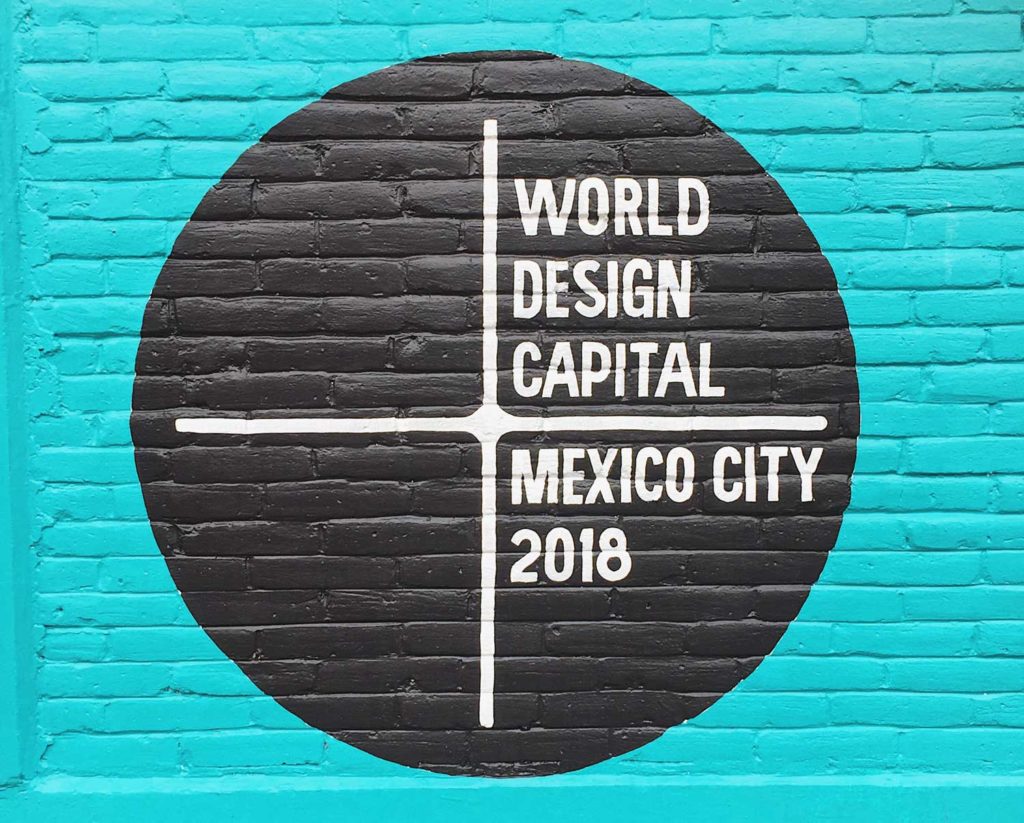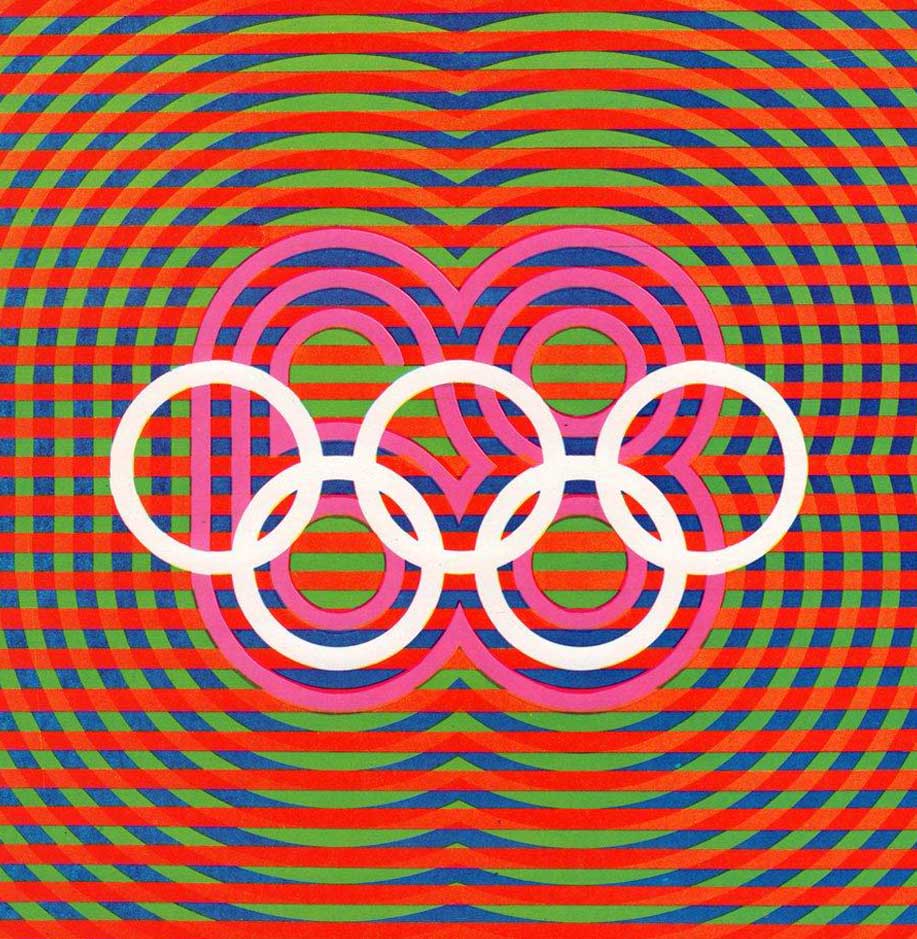Two weeks in Mexico City
The World Design Organization named Mexico City the World Capital of Design for 2018. Having been to Cape Town just before it was named 2014’s World Capital of Design, this seemed like as good a reason as any to spend time in Mexico City.
Mexican art is well known but the design is also worthy of the world’s attention. Blending Spanish architecture and indigenous culture, modern Mexican design also takes just as many cues from Danish minimalism and has bright color palettes that would feel at home anywhere in the Caribbean. That said, Mexican design still feels like it holds its own space in the pantheon of international design.
Streets in Mexico City are lined with tall, leafy trees, and vines grow over every building. The natural world doesn’t stop at the shop entrance, and nearly every cafe, bar and home is spilling over with well-designed indoor plant-scapes. Every morning, shop owners sweep the sidewalk, and it seems entirely plausible that every day there is a different shop on each city block getting a fresh coat of paint.










The city hosted the 1968 Olympics, which produced some incredible design. The Coyoacan neighborhood that we stayed in is home to one of the main venues from the 1968 Olympics (the brutalist Gimnasio Olímpico Juan de la Barrera), as well as Michel Rojkind’s stunning Cineteca Nacional. As a side note, Coyoacan was also home to Frida Kahlo and Russian-exported socialism (Leon Trotsky was murdered here).
As a designer who is motivated by my surroundings, I found the museums, modern architecture and natural integration of plant life throughout the city to be so powerful and energizing. The signs are well-designed and often hand-painted, and splashes of colorful stucco are interrupted by Oaxacan modernism, sans serif fonts and hipster panaderias (bakeries). The beauty of Latin American culture is on full display in Mexico City. For me, the flavors and aesthetic certainly make it a contender for one of the best design cities in the world.


